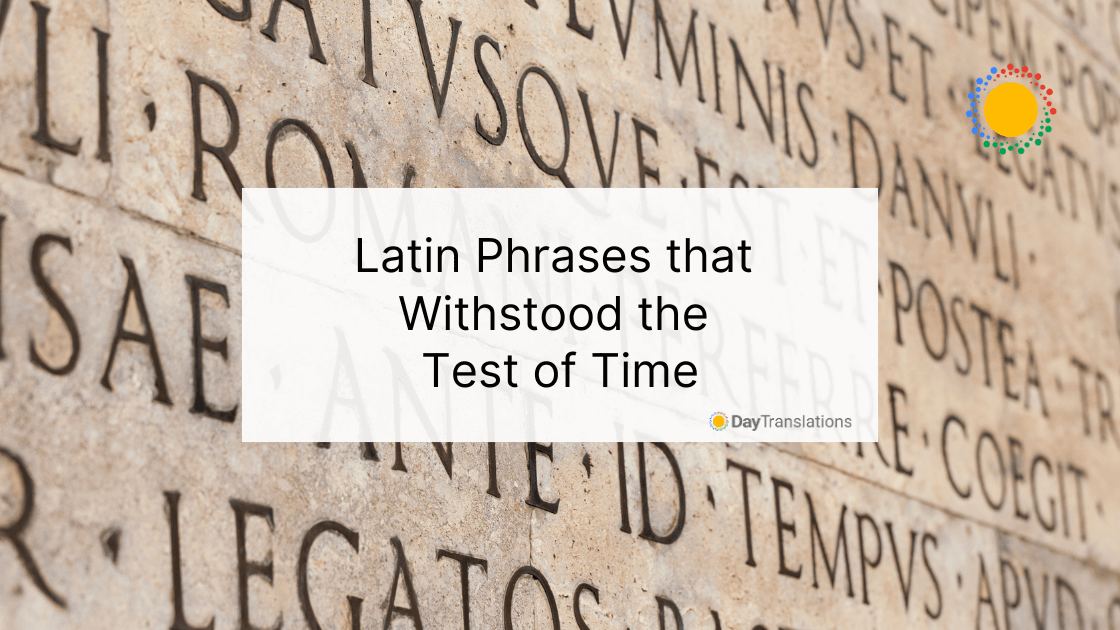In our modern economy, businesses are increasingly expanding their reach beyond domestic markets to tap into the vast potential of the global market. For successful international expansion, effective translation and localization of marketing and advertising materials are paramount. This article explores strategies for translating marketing content to ensure effective global campaigns that resonate with diverse audiences.
Strategies for Translating Marketing Content
Understand the Cultural Context in the Target Language
To create impactful global campaigns, it is crucial to understand the cultural nuances of your target audience. Localization goes beyond translation by considering cultural, social, and linguistic factors. Conducting thorough market research and understanding the target audience’s preferences, values, and traditions can help craft culturally appropriate messages.
Adtech solutions can be particularly helpful here, as they enable marketers to gather and analyze data on diverse audiences, providing insights into cultural preferences and behaviors. This allows the creation of personalized and contextually relevant ads, ensuring that marketing content resonates with different cultural contexts and enhancing global engagement.
Localize Content for the Target Audience, Not Just Language
Translation involves more than converting words from one language to another. Localizing content ensures that it resonates with the new audience in terms of cultural references, humor, and idiomatic expressions. By adapting the message to fit the local context, companies can establish a stronger connection with their international customers.
Hire Professional Translators Experienced in the Native Language
While machine translation tools have improved significantly, relying solely on them for translating marketing materials can lead to embarrassing or ineffective campaigns. Professional translators, preferably native speakers, possess the necessary language skills and cultural understanding to accurately convey the intended message while maintaining its impact across languages. Investing in marketing translation services is one of the best ways to ensure your marketing messages don’t get lost in translation.
Develop a Multilingual Style Guide
Consistency is key in global marketing campaigns. Creating a multilingual style guide helps maintain brand integrity and ensures consistent messaging across languages. The style guide should include guidelines on tone, vocabulary, formatting, and preferred cultural references, enabling translators to convey the brand’s essence consistently in different markets.
Test and Iterate
Before launching a global campaign, it’s essential to test marketing translation efforts and gather feedback from the new audience. Conducting focus groups, surveys, or partnering with local representatives can provide valuable insights into the effectiveness of the translated content. Iterating based on feedback allows for continuous improvement and helps refine the messaging for optimal impact.
Leverage Local Expertise
Collaborating with local marketing professionals can provide valuable insights into the target market. These experts understand the local culture, consumer behavior, and market trends, enabling them to contribute to the translation and adaptation process. Their knowledge can help avoid cultural missteps in marketing translation and tailor campaigns to specific market requirements.
Consider Visual Elements When Translating Marketing Content
International marketing campaigns and their subsequent advertising materials often rely on visual elements such as images, videos, and graphics. When it comes to marketing translation, it’s essential to consider cultural sensitivities and preferences during the translation process. Visuals and other marketing material elements should be adapted to align with local norms and avoid potentially offensive or confusing imagery that may hinder the campaign’s effectiveness.
Monitor and Analyze Performance
Tracking the performance of global campaigns is crucial to measure their effectiveness and make data-driven decisions for future endeavors. Analytical tools can provide insights into key performance indicators, including engagement, conversions, and customer feedback. Monitoring these metrics across different markets helps identify patterns and adapt strategies accordingly.
Final Thoughts on Translating Marketing Content
Expanding marketing and advertising efforts globally requires a strategic approach to translation and localization. By understanding the cultural context, localizing content effectively, collaborating with professionals, and continuously monitoring performance, businesses can create impactful global campaigns that resonate with diverse audiences. Investing time and resources into translation and localization is a worthwhile endeavor that paves the way for successful international expansion and brand growth in the global marketplace.












Sorry, the comment form is closed at this time.